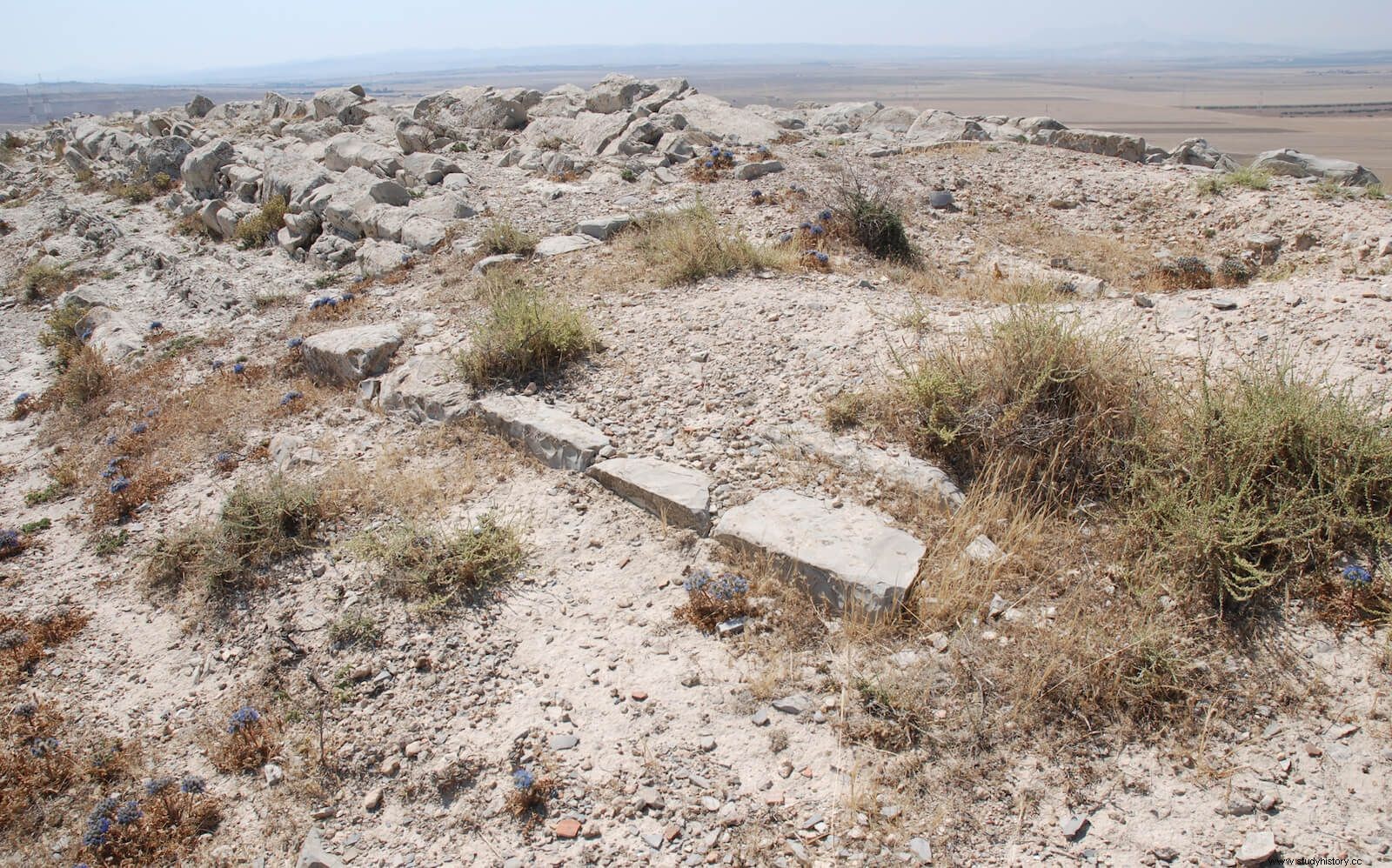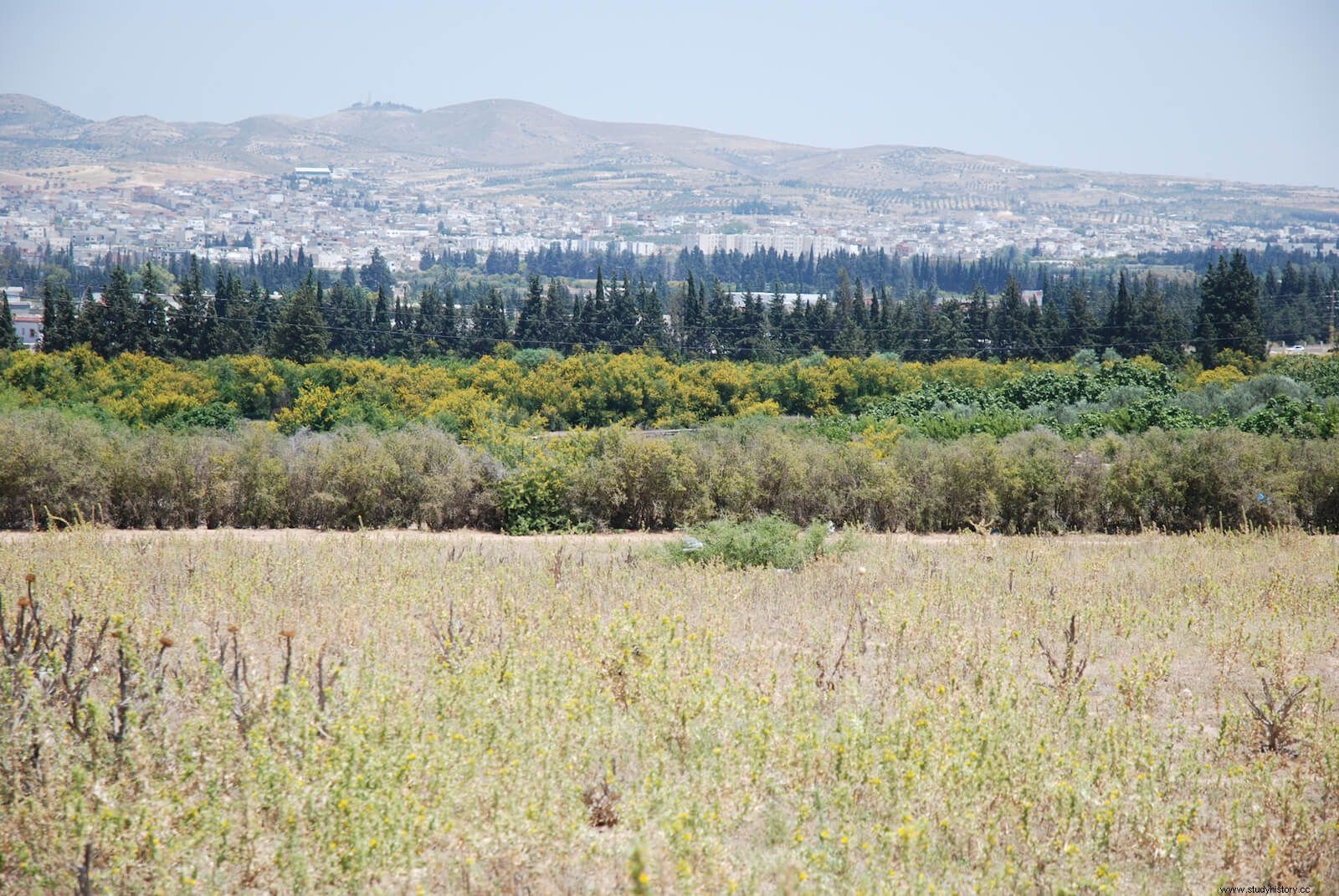
Carthage It is one of the ancient cities that has occupied the most space in the Western collective imagination. However, there are many unknowns that still surround its history and its archaeological reality. It has never been part of the select club of ancient cultures, which revolves around Rome and Athens, in which European nations have wanted to lay part of their identity foundations:Classical Archeology did not deal with it because it considered it an oriental culture . The bulk of orientalists have not paid attention to it because, not only is it located in the central Mediterranean, far from Anatolia, the Levant and Mesopotamia, but its material features and historical evolution are more related to the Romans and the Greeks of Sicily. and Magna Graecia than with Lydians, Persians or Babylonians.
Among the least known aspects of Cartago, its relationship and interaction with the territory that surrounded the urban center stands out. . In this regard, the specialized literature is still based today, mainly, on the literary descriptions that have come down to us from some classical authors, such as Diodorus of Sicily or Polybius, Greek historians active during the 2nd and 1st centuries BC, in a political and cultural context. already dominated by an imperialist Rome. The absence of preserved Carthaginian literary sources deprives us of a fundamental testimony to somehow balance a discourse that emanates exclusively from the rivals and conquerors of the Punic capital.
Archaeologists, for their part, have followed for the last 200 years, in this site as in many others in the Mediterranean, a dynamic influenced by academic fashions and personal interests that has led to concentrate first on public and central spaces, then on necropolises and sanctuaries, lastly on other urban elements, such as workshops or the dwellings of common people (although today the interests of research have become enormously heterogeneous and interdisciplinary). All the buildings mentioned are geographically concentrated in what, from a strictly physical and architectural point of view, can be called the city . But an ancient, pre-industrial city cannot exist apart from the territory in which it is located . The ancient city, not as a strictly physical or architectural phenomenon, but as a social and economic phenomenon, extends its influence far beyond its walls. Although the development of the urban (intramural) Carthaginian morphology has been recently studied, today we know practically nothing about the territory outside the walls of Carthage.
Ancient Carthage and its territory
Modern historiography has been divided between considering the Carthaginian state as an agricultural state or a republic founded on maritime trade . Both positions, already defended in the 19th century, are based on indirect evidence, namely, among others, the Carthaginian authorship of the most respected encyclopedia of agronomy at the end of the 1st millennium BC, the only Carthaginian text of which we have news of its translation into Latin and Greek, and which is known as the Treatise of Mago . It seems difficult to explain how such an extensive and detailed volume of knowledge about agriculture and livestock could have been accumulated without being based on experience.
On the other hand, in most classical authors who dealt with the Punic city, and who saw in Rome a true republic of peasants, references abound to commercial, naval, and piratical of the Carthaginians, without sometimes being able to establish a clear distinction between them. These references, in addition to the impressive port facilities that are preserved in the site itself, have given birth to the prejudice that associates Carthage and the Phoenicians (founders of this city) mainly with commercial and economic activities.

Of the need to move this debate forward, which continues for decades around the same ancient signs, the opportunity arises to carry out an archaeological intervention project that provides concrete, verifiable, archaeological and archaeometric data. This project is financed by the National R&D Plan for the Generation of Knowledge, by the Cultural Heritage Institute of Spain and by the Palarq Foundation, on the Spanish side, and also has a contribution from the Institut National du Patrimoine , on the Tunisian side. The fieldwork and material study campaigns, co-directed in close cooperation with the Institut National du Patrimoine of Tunisia, intend to analyze the degree of economic integration of the ancient city of Carthage with its immediate territory , the ʼrst , in the Punic language, both in the heyday before the Punic Wars and after the destruction of 146 BC, as well as during the decades after the Roman refoundation of 44 BC
The territory to be analysed, located in the north of Tunisia, has an area of approximately 400 km², currently has a regular plant cover on a Mediterranean coast with little of rains, in addition to three salt and brackish lagoons, the fluvial estuaries of the two most important rivers in the country (the Oued Medjerda and the Oued Miliane), as well as the final foothills of the Eastern Atlas, formed by the elevations of Djebel Amar, Djebel Nahli, Djebel Aïn el Krima and Okbet el Oussif. These particular characteristics give this relatively small territory a great variety of landscapes and natural resources, whose dynamics of ancient exploitation remain practically unknown today. However, we consider it very likely that the abundant natural resources of this territory (agricultural, livestock, mineral, hunting, arboreal, etc.) contributed largely to the rise of the city-state of Carthage to the first rank among the cities of the ancient Mediterranean.
Archaeological interventions on the ground
In an attempt to get out of the realm of hypotheses, a first field campaign was launched in 2019 , co-directed by Dr. Hamden Ben Romdhane (Institut National du Patrimoine ) and Dr. Iván Fumadó Ortega (University of Valencia/Center for Phoenician and Punic Studies), with the aim of selecting specific action points during 2020 and 2021. In this first campaign, a selection of several dozen deposits chosen among those that had been revealed during the two prospecting campaigns previously carried out there, during the 10s and early 80s of the last century. Thanks to this preliminary campaign, an evaluation of the archaeological potential of these sites was carried out, allowing a second selection of 10 places that presented diverse and complementary geographical and archaeological characteristics:mountain and flat occupations, near and far from river courses, coastal or interior , etc.
The program of activities was then developed with the planning of different types of archaeological intervention for each site based on its particular characteristics and potential. However, due to the closure of the borders due to the pandemic caused by COVID-19 and the subsequent imposition of mandatory quarantines for travelers in transit between Spain and Tunisia, between March 2020 and October 2021, the entire program of field activities has had to be postponed until now, at which time we prepare the next actions.
It should also be noted that the territory under study in this project is currently home to the country's capital , Tunis, which has almost a million inhabitants in rapid expansion. Over the next few years, this circumstance heralds a process of rapid transformation of land use around the capital (construction of new infrastructures, new neighbourhoods, service areas, industrial and residential areas, etc.), which typically implies the destruction of archaeological remains, or the impossibility of carrying out adequate studies of surfaces and/or subsoils. That is why research on this territory, of paramount importance to understand the reality of the Carthaginian urban phenomenon, appears particularly urgent.
